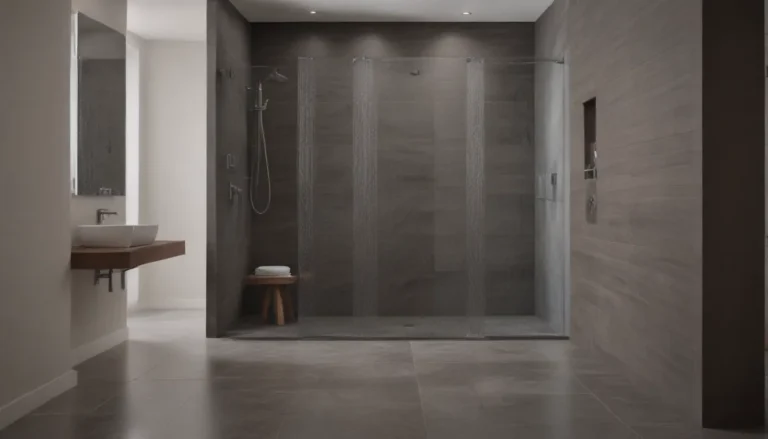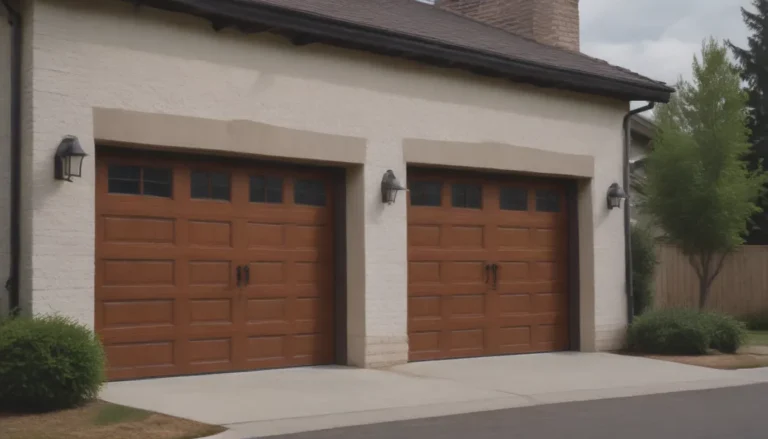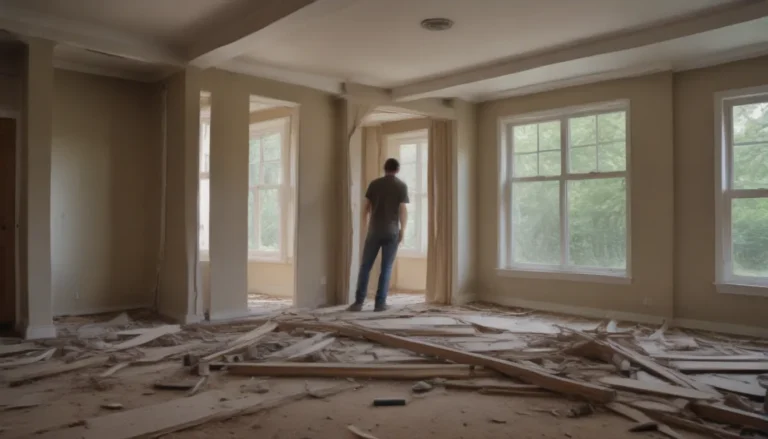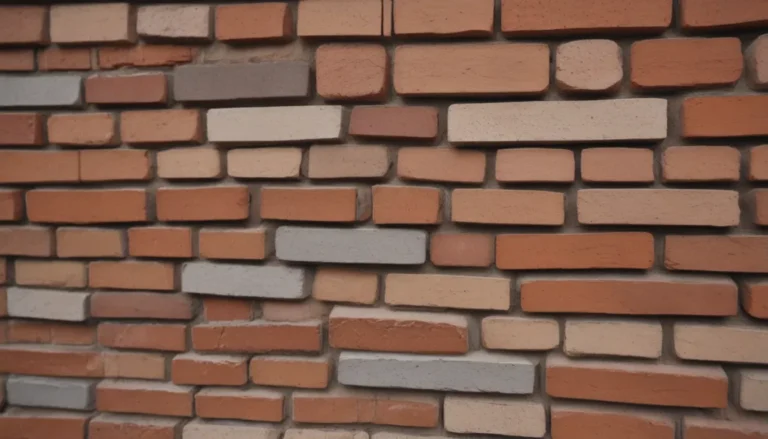Mastering the Art of Cutting-In: Painting Without Tape
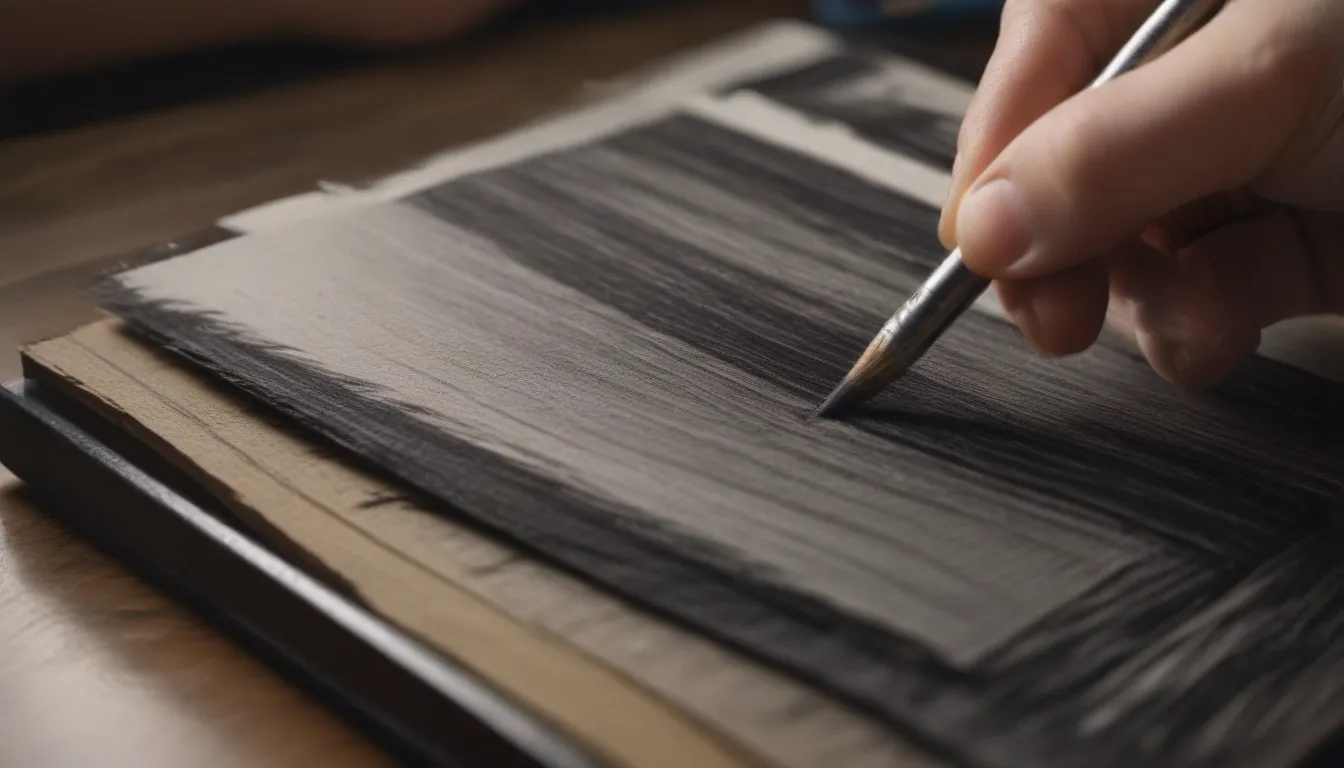
Are you tired of the hassle of using painter’s tape every time you want to give your walls a fresh coat of paint? Do you want to achieve clean, crisp edges without the need for expensive, time-consuming tape? Well, you’re in luck! In this comprehensive guide, we will explore the world of cutting-in, a technique used by professional painters to achieve flawless paint edges without the use of tape.
The Benefits of Cutting-In
While using painter’s tape may seem like the easier option, cutting-in offers a range of benefits that make it a worthwhile technique to master. Here are a few reasons why cutting-in might be the right choice for your next painting project:
- Saves Time: Cutting-in removes the additional step of applying and removing painter’s tape, streamlining the painting process and saving you valuable time.
- Cost-Effective: Painter’s tape can be expensive, especially if you have a large area to paint. Cutting-in eliminates the need for tape, making it a more budget-friendly option.
- Better Control: Cutting-in allows for greater control when painting around intricate or uneven surfaces, giving you more precision and a cleaner finish.
- Professional Results: Once you’ve mastered the technique, cutting-in can produce results that rival those of professional painters, giving your walls a crisp, polished look.
How to Cut-In Like a Pro
Cutting-in may seem daunting at first, especially if you’re used to relying on painter’s tape for clean edges. However, with a bit of practice and the right technique, you can achieve flawless results without the need for tape. Here’s how to cut-in like a pro:
- Gather Your Supplies: To cut-in successfully, you will need an angled sash brush and a small paint can without a lip, known as a cut bucket.
- Practice Your Technique: Before starting on your walls, practice cutting-in on a piece of cardboard or scrap wood to get a feel for how the brush moves and how close you can get to the edge without touching it.
- Start at the Top: Begin cutting-in at the top of the wall or ceiling, using a steady hand and smooth strokes to create a clean edge.
- Work in Sections: Divide the wall into small sections and focus on one area at a time, taking care to blend the cut-in edges with the rest of the wall for a seamless finish.
- Be Patient: Cutting-in can take time to master, so don’t be discouraged if your first attempts aren’t perfect. With practice, you’ll improve your technique and achieve professional-looking results.
Tips for Painting Without Tape
If you’re ready to ditch the painter’s tape and embrace the art of cutting-in, here are some additional tips to help you achieve clean, precise edges:
- Maintain a Steady Hand: Keep your hand steady and your movements smooth to ensure a straight, even line.
- Use a Small Brush: A smaller brush will give you more control and allow you to get closer to the edge without touching it.
- Don’t Overload the Brush: Avoid loading your brush with too much paint, as this can lead to drips and smudges along the edge.
- Practice Patience: Cutting-in can be a slow process, especially when you’re first starting out. Take your time and focus on precision rather than speed.
When to Use Painter’s Tape
While cutting-in offers a range of benefits, there are some situations where using painter’s tape may still be the best option. Here are a few instances where painter’s tape is the preferred choice:
- Smooth Surfaces: Painter’s tape is ideal for use on smooth, flat surfaces where achieving a clean edge is more challenging.
- Straight Angles: If you’re dealing with perfectly straight angles, painter’s tape can help you achieve crisp, precise lines with minimal effort.
- Cost Considerations: If cost is not a major concern and you prefer the convenience of tape, using painter’s tape may be the right choice for you.
Conclusion
In conclusion, while cutting-in may require some practice and patience, the results are well worth the effort. By mastering the art of cutting-in, you can achieve professional-looking paint edges without the need for expensive, time-consuming painter’s tape. So, next time you tackle a painting project, consider trying your hand at cutting-in. With the right technique and a steady hand, you can transform your walls and ceilings into works of art, tape-free. Happy painting!

